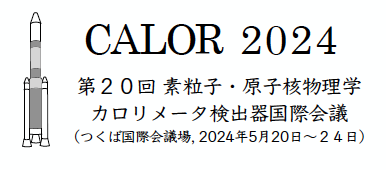Speaker
Description
The original dual-readout calorimeter prototype (DREAM), constructed two decades ago, has proven instrumental in advancing our understanding of calorimetry. It has facilitated a multitude of breakthroughs by leveraging signals from complementary media (Cherenkov and scintillation) to capture fluctuations in electromagnetic energy fraction within hadronic showers. Over the years, extensive studies have shed light on the performance characteristics of this module, rendering it exceptionally well-understood. Drawing on this wealth of experience, we have embarked on enhancing the detectors’ capabilities further by integrating fast Silicon Photomultipliers (SiPMs) with transverse segmentation approaching 1 cm2, as well as longitudinal segmentation by timing measuring less than 10 cm. This configuration allows us to image hadronic showers with high granularity (HG-DREAM). The spatial information provided by such a granular detector in a short time window (~5 ns) leads to a substantial enhancement in energy resolution when advanced neural networks are employed in energy reconstruction. We discuss the design criteria, construction techniques, electronics readout methodology, expectations from simulations, and the results obtained from bench and cosmic tests, along with preparations for beam tests.
